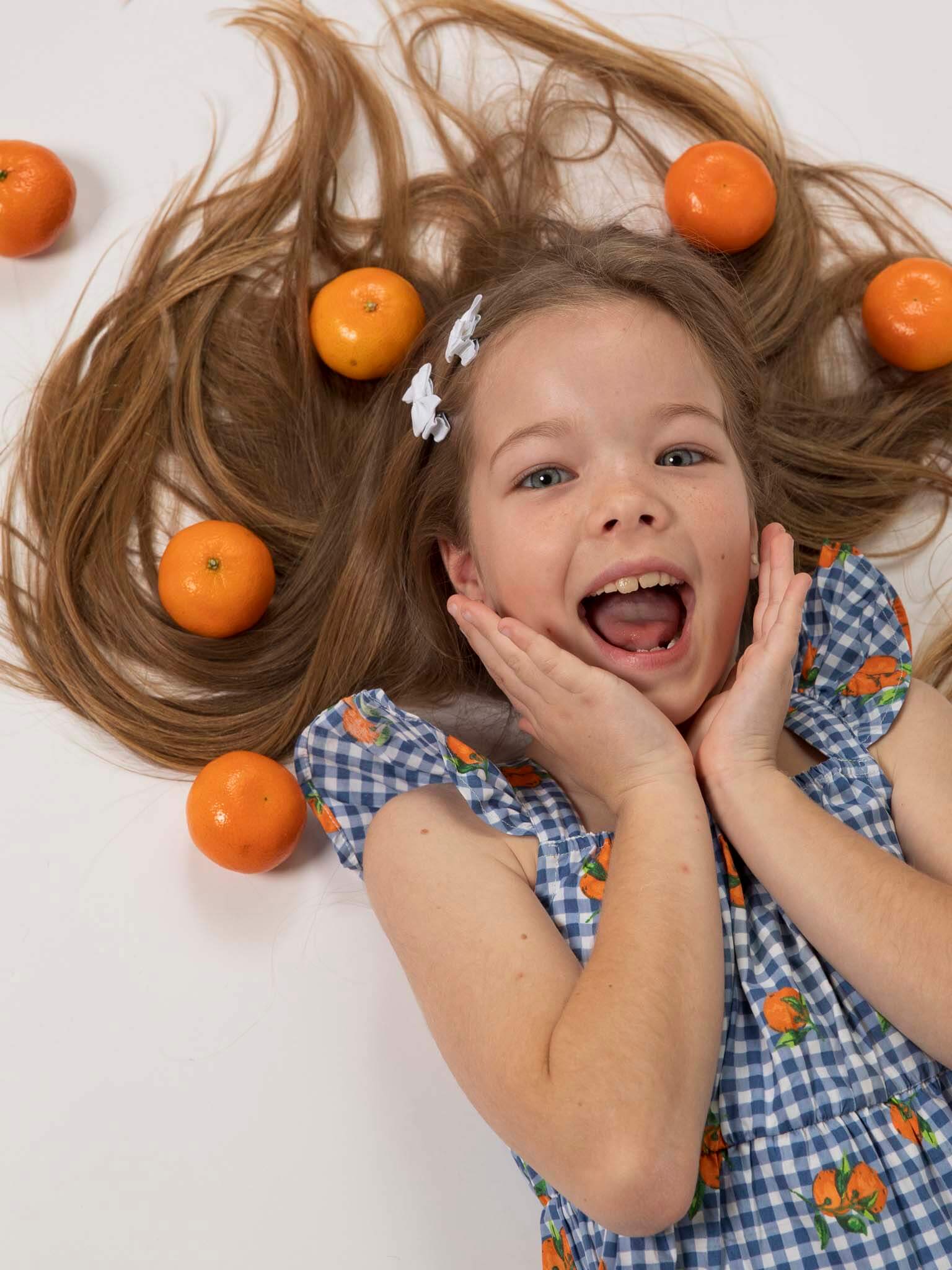
How to Choose Ethical Kidswear in Australia
Choosing ethical kidswear can feel overwhelming. From materials used, certifications, and labour practices… where do you even start? If you’re a parent who wants clothes that are safe, durable, and responsibly made, this guide breaks it down simply. Here’s how to shop with confidence and choose pieces that feel good inside AND out.
- Ethical kidswear focuses on safe materials, fair labour, and low-impact production.
- 100% cotton is one of the safest and softest fabrics for little ones.
- Brands should be transparent about factories, certifications, and sourcing.
- Quality over quantity means longer-lasting wardrobes and less waste.
- Australia has strong consumer support for sustainable fashion. Your choices matter!
Why Ethical Kidswear Matters
Children have sensitive skin, grow quickly, and need clothes that can withstand playtime. Ethical kidswear supports safe materials, non-toxic dyes, and fair working conditions. In Australia, parents are increasingly choosing brands committed to responsible manufacturing because they want clothes that are gentle, durable, and made with care for people and the planet.
Buying ethical clothing also reduces your environmental footprint and supports artisans and small communities, especially when brands are transparent about their supply chain.
Materials & Certifications
Criteria |
What to Look For |
Why It Matters |
|
Fabric |
Cotton or GOTS-certified materials |
Safe on skin, lower environmental impact |
|
Dyes |
AZO-free, non-toxic dyes |
Minimises chemical exposure |
|
Production |
Fair trade, transparent factory listings |
Ensures ethical labour |
|
Longevity |
High-quality stitching & natural fibres |
Lasts longer and reduces waste |
How to Choose Ethical Kidswear
1. Look for Natural Fabrics
Choose natural fibres like cotton that are soft, breathable, and safer for sensitive skin.
2. Check for Certifications
Certifications like GOTS (Global Organic Textile Standard), Fair Trade, or OEKO-TEX help you identify trustworthy, safe products.
3. Assess the Brand’s Transparency
A brand committed to ethical production will proudly share:
- Where the clothes are made
- Factory conditions
- Artisan partnerships
- Material sourcing
If it’s hard to find this info, that’s usually a red flag!
4. Choose Quality Over Quantity
Ethical clothing often costs a little more, but it’s made to last. Look for sturdy stitching, cotton linings, and adjustable features. These details may seem little, but do a lot to extend the life of each piece.
5. Support Brands With Ethical Missions
Shop from brands with clear commitments to sustainability, ethical production, and community support.
FAQs
Why is cotton better for kidswear?
Cotton is softer and safer for sensitive skin. It’s also more environmentally friendly and longer-lasting, making it ideal for everyday kidswear.
Is ethical kidswear more expensive?
Typically yes, because it reflects fair wages, safer materials, and better craftsmanship. But the durability often means you buy fewer pieces and they last longer.
How do I know if a brand is truly ethical?
Look for certifications, clear supply-chain information, and transparent messaging. Authentic ethical brands explain how and where their pieces are made.
Choosing ethical kidswear in Australia doesn’t have to be complicated. Look for natural fabrics, trusted certifications, transparency, and quality craftsmanship. Thoughtful choices help you build a safer, longer-lasting wardrobe for your child while supporting responsible production so it's kinder to the planet too.
Explore beautifully and ethically crafted pieces in our latest collection to start building your conscious kidswear wardrobe today.
References
- Global Organic Textile Standard (GOTS) — Textile Certification Guidelines
- Good On You
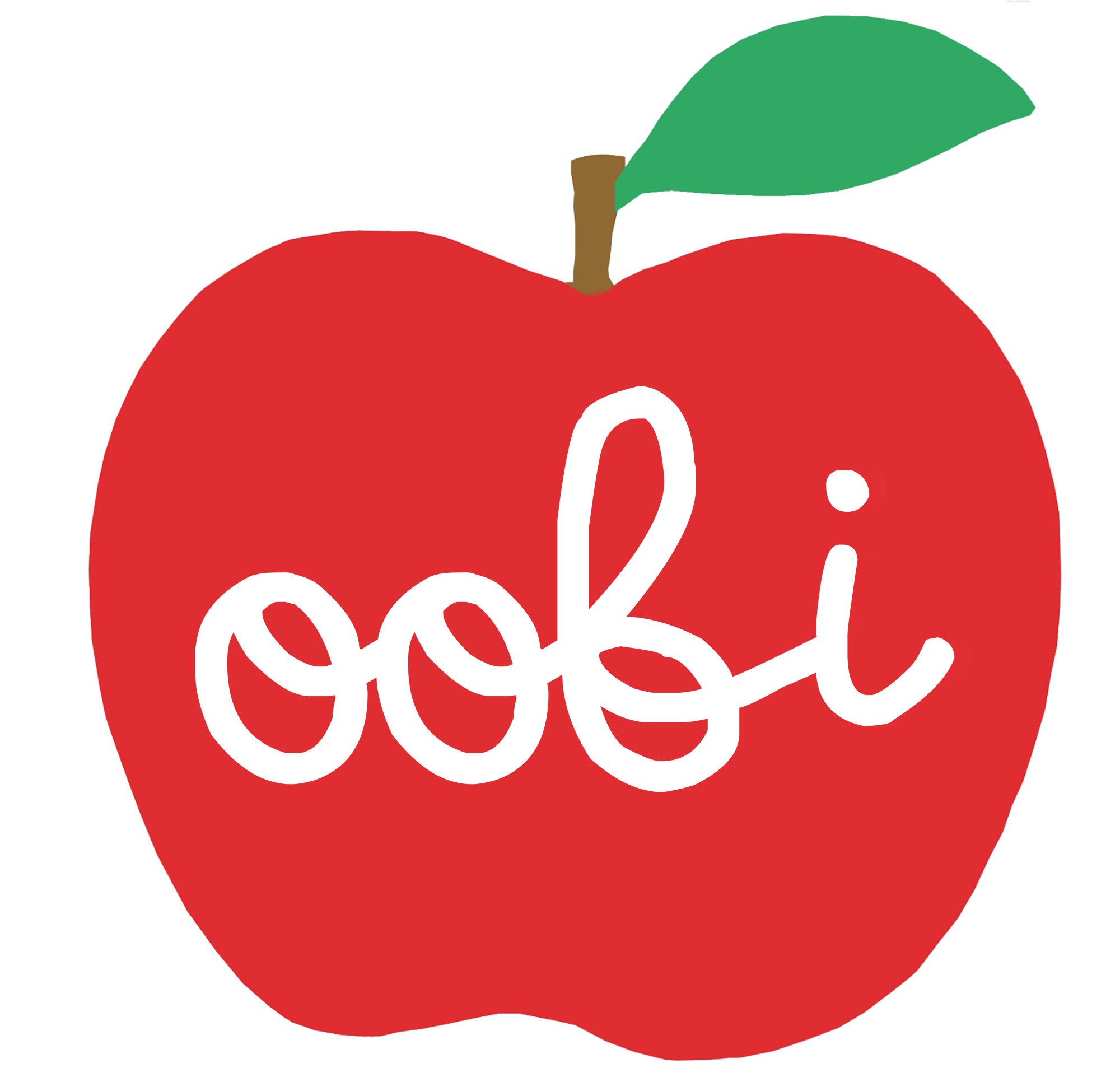

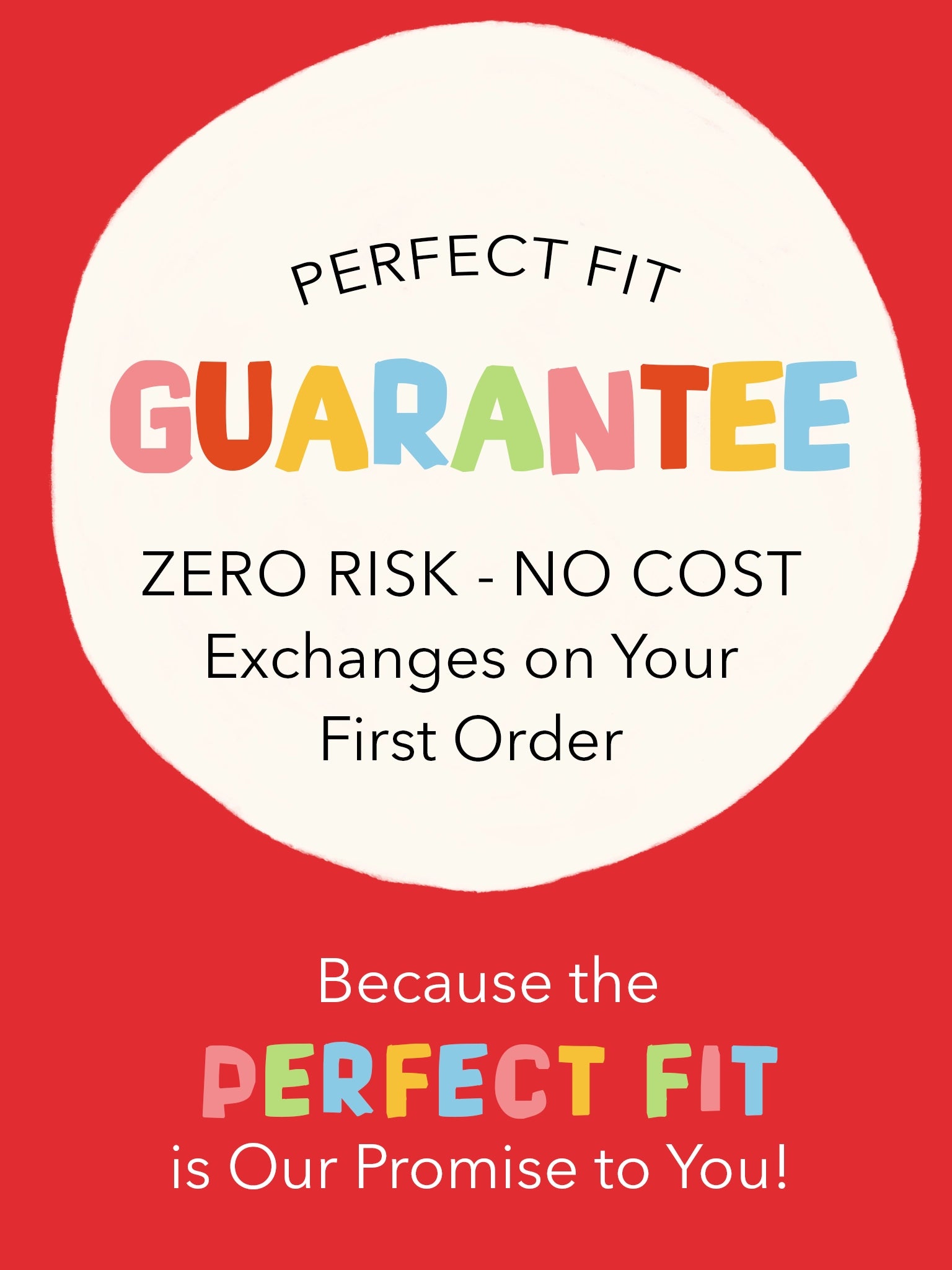






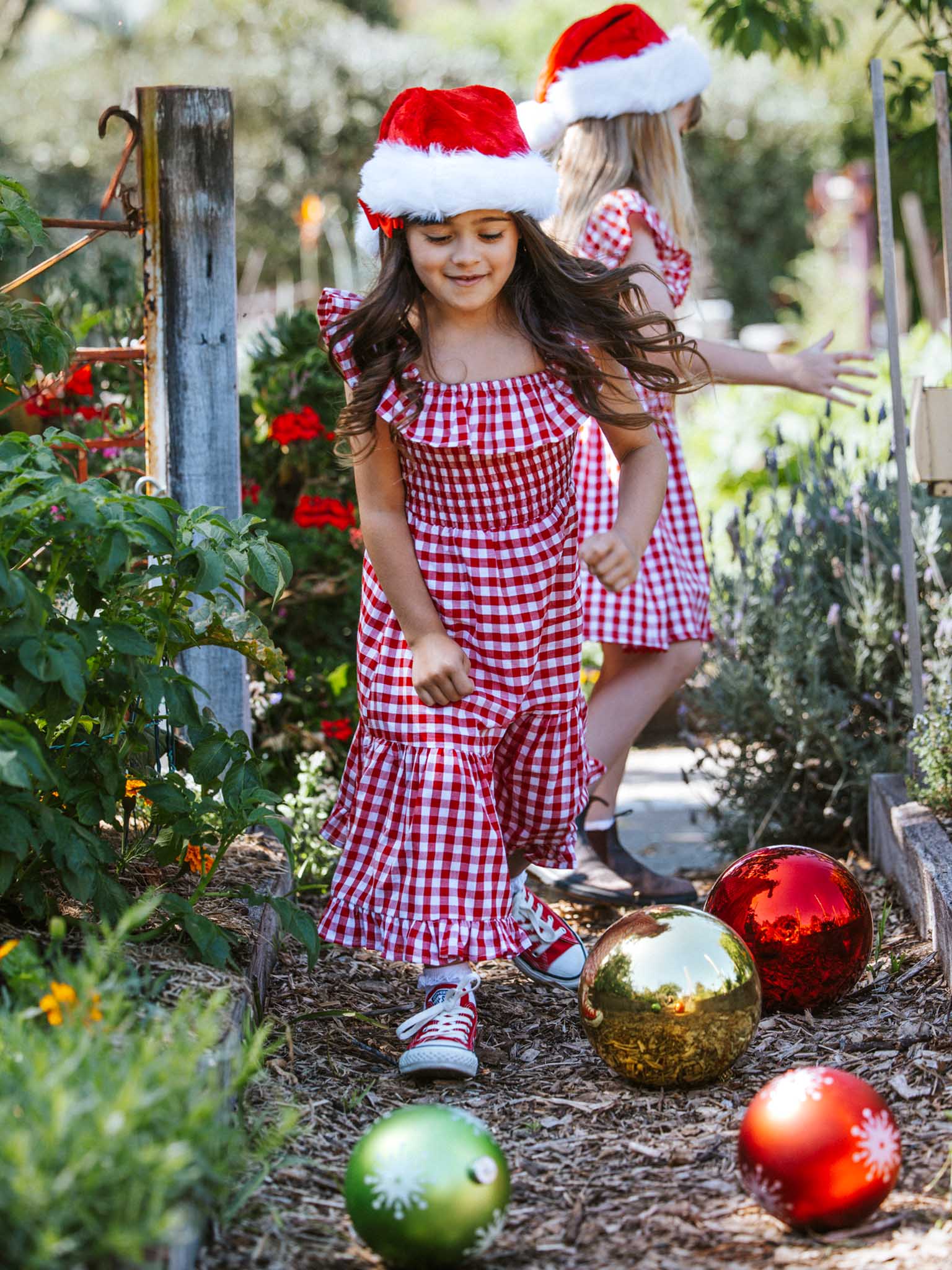
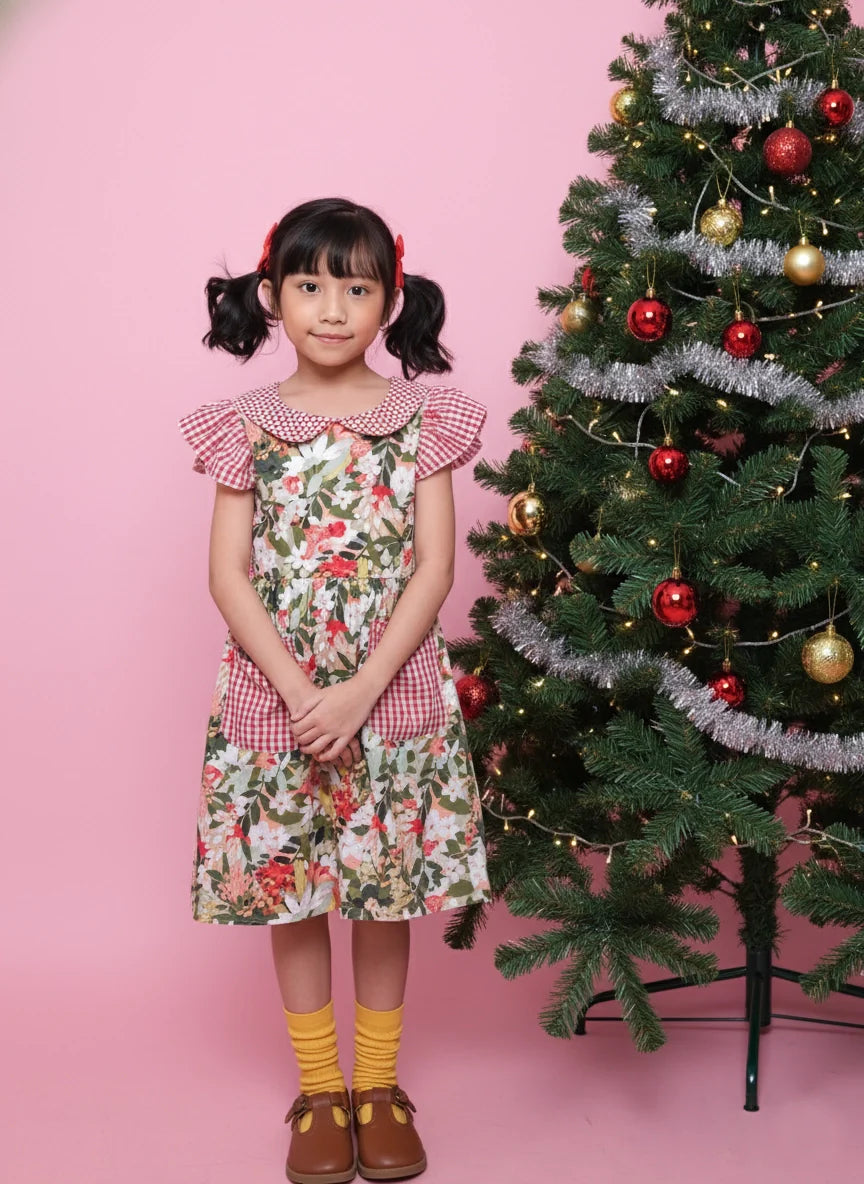

Leave a comment
This site is protected by hCaptcha and the hCaptcha Privacy Policy and Terms of Service apply.